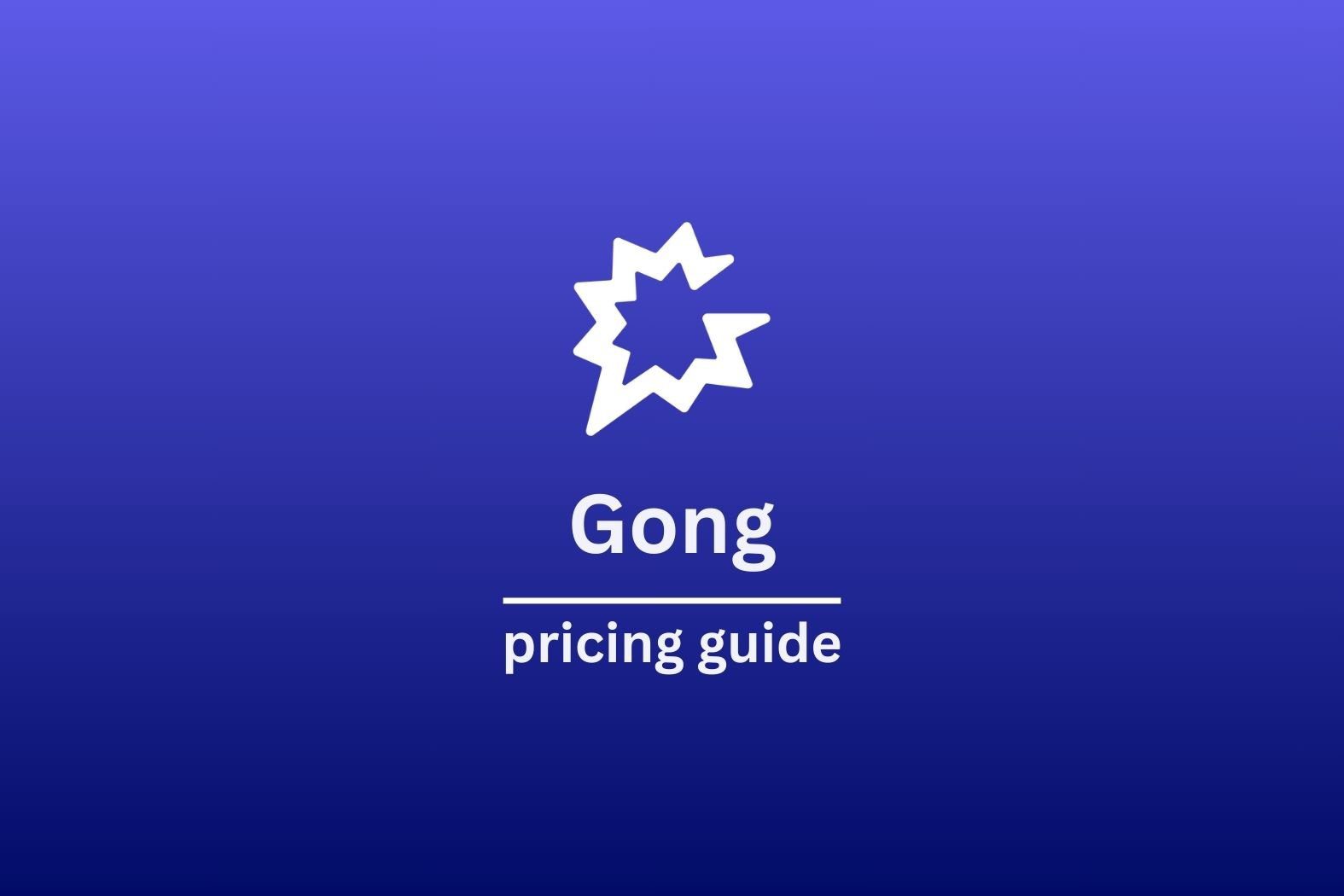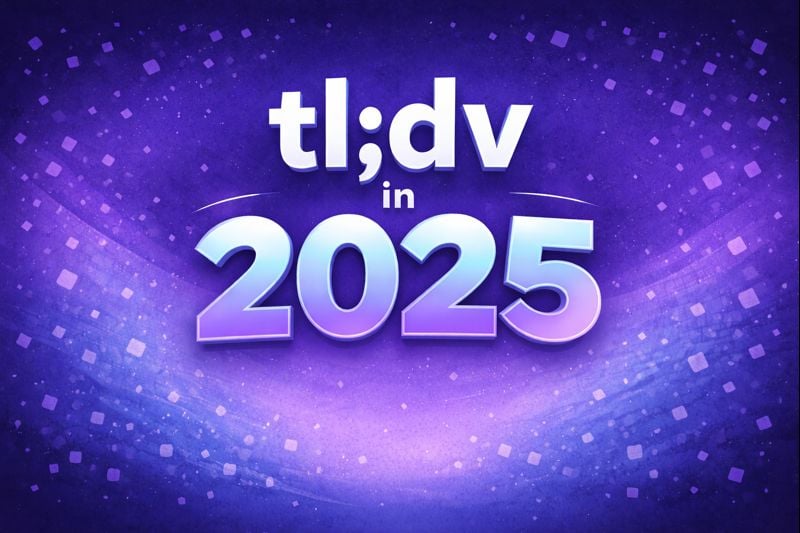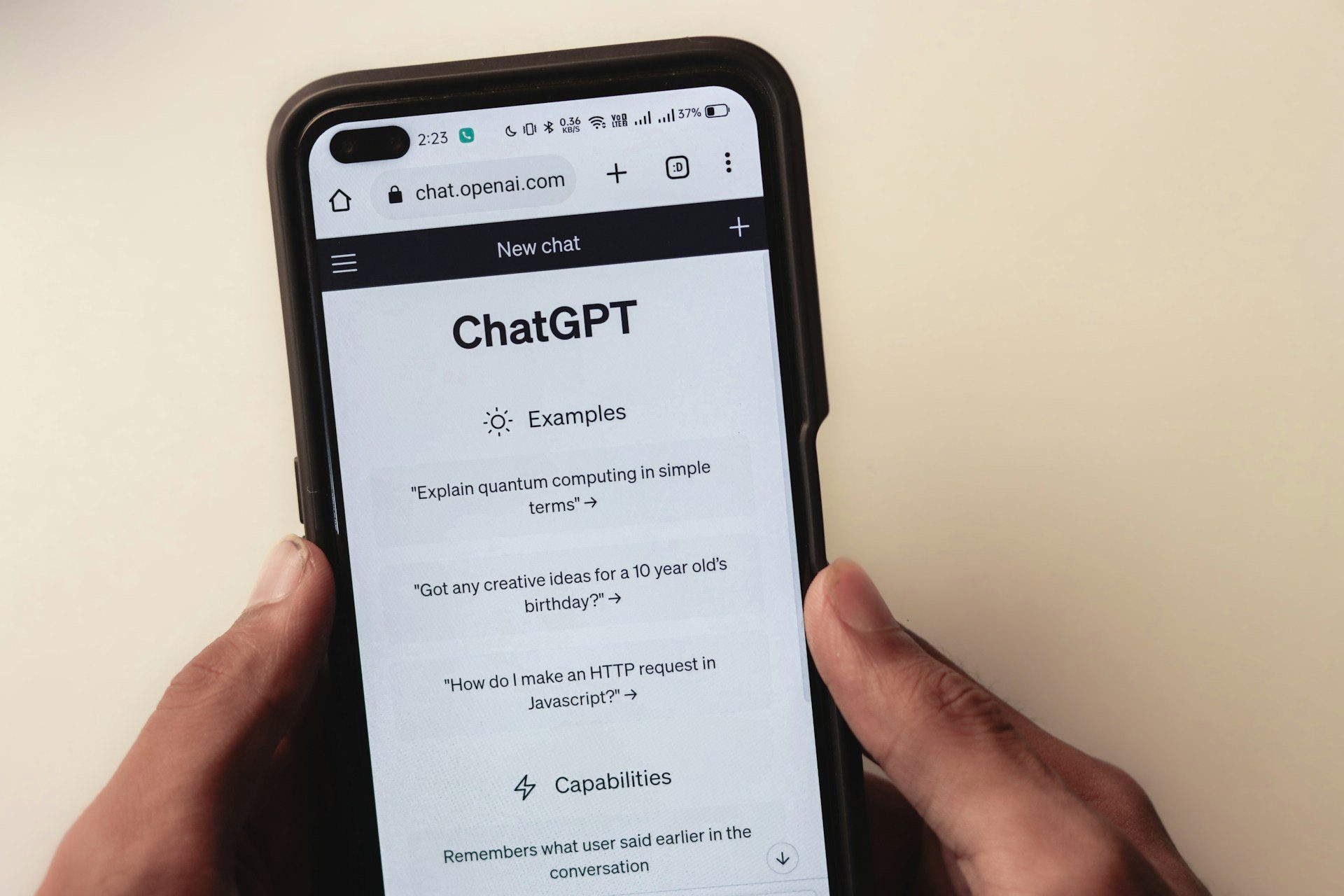The AI meeting assistant market is rapidly evolving, with tools designed to automate workflows, enhance productivity, and improve collaboration across teams. Globally, platforms like tl;dv, Fireflies.ai, and Gong have gained traction for their multilingual capabilities and integration with popular tools like Zoom and Salesforce. However, the AI meeting space in Japan and broader Asia presents unique challenges and opportunities. Language-specific interfaces, telephony-focused solutions, and regional business practices shape the demand for tools tailored to this market.
Amptalk is a standout in this space, offering a Japanese-first approach to AI-powered sales enablement. With its telephony integrations, call transcription capabilities, and CRM automation, Amptalk addresses the needs of Japanese-speaking teams while supporting English transcription for broader use. However, its primary user interface (UI) is in Japanese, which may limit its appeal for non-Japanese users or international teams seeking localized solutions.
This article explores Amptalk’s key features, pricing, and limitations, providing a detailed evaluation of its strengths and challenges. For those seeking alternatives, we also highlight five top Amptalk alternatives—such as tl;dv, Notta, and Fireflies.ai—that cater to varying needs, including multilingual support and cross-regional functionality. Whether you’re part of a Japanese sales team or a global organization navigating the growing AI meeting assistant market in Asia, this guide will help you determine if Amptalk or one of its alternatives is the right fit for your business.

What Is Amptalk?
Amptalk is an AI-powered sales enablement tool specifically designed to meet the needs of Japanese-speaking businesses. It integrates telephony, call transcription, and CRM automation to streamline sales processes and boost productivity. The platform focuses on capturing and analyzing conversations to extract actionable insights, enabling sales teams to improve their performance and close deals more effectively.
What sets Amptalk apart is its strong emphasis on telephony systems. Unlike many AI tools that are optimized for video conferencing platforms like Zoom or Google Meet, Amptalk works seamlessly with IP telephony and VoIP systems, making it particularly useful for businesses that rely on traditional or hybrid phone-based communication.
While the tool supports English-language transcription, its user interface (UI) is predominantly in Japanese, which makes it best suited for domestic teams or organizations comfortable navigating a Japanese-language platform. This focus allows it to cater to Japanese businesses with precision, offering cultural and linguistic nuances that many global competitors overlook. However, for global teams or those requiring a fully localized English experience, adapting to Amptalk’s UI could require additional effort.

What Are the Key Features of Amptalk?
Amptalk offers a range of features designed to streamline sales workflows, focusing on telephony integration and AI-powered insights. These features make it a strong option for Japanese-speaking teams looking to optimize sales operations. Here’s a breakdown of its key capabilities:
Telephony Integration
Amptalk excels in integrating with telephony systems, setting it apart from tools that prioritize video conferencing. It seamlessly syncs with:
- IP Telephony and VoIP Platforms: Ideal for businesses relying on phone-based communication rather than video calls.
- Video Conferencing Tools: While its primary focus is telephony, Amptalk also supports platforms like Zoom and Microsoft Teams for hybrid workflows.
This versatility ensures that teams using traditional or modern communication methods can benefit from its capabilities.
AI Call Transcription
Amptalk provides accurate transcriptions of meetings and sales calls in both Japanese and English.
- Language Support: While optimized for Japanese, the tool handles English transcription effectively, making it functional for bilingual teams.
- Searchable Transcripts: Users can quickly locate specific parts of a conversation by searching keywords, saving time during follow-ups.
However, non-Japanese speakers may find navigating the Japanese UI challenging, even though the transcription itself works for English calls.
CRM Automation
Amptalk reduces the administrative burden on sales teams by integrating with popular CRMs like Salesforce.
- Automatic Data Logging: Call data is automatically captured and synced to the CRM, ensuring that customer records are always up-to-date.
- Follow-Up Management: Actionable insights from calls, such as next steps or client preferences, are directly linked to CRM records, helping teams stay organized.
This feature allows sales representatives to focus on closing deals rather than managing data entry.
Keyword and Sentiment Analysis
Amptalk’s AI identifies critical moments in conversations to enhance sales performance:
- Keyword Tracking: Highlights important topics discussed during calls, such as pricing, objections, or opportunities.
- Sentiment Analysis: Detects emotional cues like hesitation or enthusiasm, providing valuable context for follow-ups or strategy adjustments.
This functionality helps teams better understand client needs and refine their negotiation tactics.
Performance Analytics
Amptalk provides managers with detailed analytics to monitor team performance and identify areas for improvement:
- Call Activity Tracking: Tracks metrics such as call volume, duration, and frequency.
- Conversion Insights: Analyzes call outcomes to measure success rates and pinpoint effective strategies.
- Team Comparisons: Allows managers to compare individual performance within the team, facilitating targeted coaching.
These insights ensure that teams can continuously optimize their sales processes based on real data.
A Note for Non-Japanese Speakers
While Amptalk’s features are meant to be quite solid, its user interface is primarily in Japanese. Non-Japanese users may face a learning curve, especially when navigating the platform. However, its English transcription and CRM integration capabilities still make it functional for global teams willing to adapt.
Amptalk’s features cater heavily to Japanese-speaking sales teams, but its functionality and focus on telephony integration provide value for anyone working in hybrid or traditional sales environments.
What Are Feedback and Reviews for Amptalk?
Amptalk has received positive feedback within the Japanese business community, particularly for its telephony integrations, transcription accuracy, and ability to enhance sales workflows. Reviews hosted on platforms like Kigyolog, Strate, and Boxil offer valuable insights into how Amptalk supports Japanese-speaking teams.
For non-Japanese speakers, understanding these reviews may require translation tools or assistance, as the majority are written in Japanese and focus on domestic use cases. While some nuances may be lost in translation, the volume of feedback highlights Amptalk’s strong reputation in its primary market. These reviews consistently reflect the platform’s reliability and its alignment with Japanese business practices.
For global teams considering Amptalk, these reviews underscore the importance of evaluating tools tailored to specific markets. Although the language barrier might make detailed exploration challenging, the positive reception within Japan demonstrates the platform’s success in meeting the needs of its intended audience. Consulting these reviews with the aid of translation tools can provide additional context for how Amptalk’s features and capabilities could be applied to other business environments.
How Much Does Amptalk Cost?
Amptalk’s pricing structure does not appear to be publicly detailed, and it would seem that interested users are encouraged to contact the company directly for quotes tailored to their needs. This approach suggests that Amptalk likely caters to businesses seeking custom solutions rather than offering a fixed-tier pricing model commonly seen with global AI meeting tools.
In comparison, other tools in the AI meeting assistant space provide transparent and flexible pricing options. For example, tl;dv offers a free tier with core functionalities, and paid plans start at $20 per user per month, including advanced features like CRM integrations and team analytics.
Although Amptalk’s pricing is not directly comparable to tools like tl;dv or Notta, its focus on telephony integration and Japanese sales workflows makes it a niche option for businesses in this market. For global teams, the absence of transparent pricing and the need for customization may make alternative tools more appealing for straightforward deployment and scalability.

What Are the Drawbacks and Limitations of Amptalk?
While Amptalk does well in telephony integration and sales enablement, it has limitations that may affect both Japanese-speaking users and global teams. These challenges primarily relate to its user interface and localization.
Japanese-Language User Interface
Amptalk’s user interface is designed primarily for Japanese users. This focus makes it highly functional for domestic businesses but poses significant challenges for non-Japanese speakers. While the platform supports English transcription, navigating the Japanese-language interface can be difficult for global teams and may require additional training or resources.
For Japanese-speaking users, the interface is clear and easy to use but may lack the flexibility and modern design features found in other tools. Businesses requiring advanced configuration options may find it less adaptable to their needs.
Limited Localization for English-Speaking Teams
Amptalk’s focus on the Japanese market means it provides limited resources for English-speaking teams, including minimal documentation and customer support in English. While the transcription feature works well, the lack of localization in the user interface and support materials can make adoption more difficult for international organizations.
Integration Challenges
Amptalk integrates effectively with popular telephony systems and CRMs like Salesforce, but compatibility with less common or highly specialized telephony platforms may be an issue. Organizations with unique workflows or niche tools may find it less suited to their specific requirements without additional technical customization.
Alternatives For Amptalk for Better Localization
Teams needing a fully localized experience in Japanese or other languages may prefer alternatives such as tl;dv, which supports over 30 languages and offers an accessible user interface for global teams. Other tools like Notta and Fireflies.ai provide transcription and integration options that cater to a wider range of users.
Amptalk is a valuable choice for Japanese-speaking sales teams but may require significant adjustments for non-Japanese users. Businesses with diverse language needs or advanced customization requirements should consider exploring alternatives that better align with their goals.
1. tl;dv
What It Is:
tl;dv is a meeting recording and transcription tool designed to cater to global teams with localized support in Japanese and over 30 other languages.
Why Use It:
tl;dv offers a user-friendly interface for Japanese-speaking teams and international organizations alike. Its multilingual support and customizable note-sharing features make it ideal for teams managing diverse workflows.
Key Features:
- High-quality transcriptions in Japanese, English, and additional languages.
- Timestamped notes for easy navigation and reference.
- Seamless integration with Slack, Notion, and popular CRMs like Salesforce.
- GDPR compliance to ensure secure data handling.
Pricing:
A free tier is available with core functionalities. Premium plans start at $20 per user per month, which includes advanced analytics and priority support.
Who It’s For:
Japanese and global teams needing a meeting tool with multilingual transcription, collaborative workflows, and accessible pricing.
2. Notta
What It Is:
Notta is an AI-powered transcription tool specializing in real-time documentation and translation capabilities.
Why Use It:
Notta is ideal for teams requiring immediate transcription and translation during meetings, making it a top choice for businesses with international clients or multilingual teams.
Key Features:
- Real-time transcription with translation across over 50 languages.
- Integration with Zoom, Google Meet, and Microsoft Teams for seamless functionality.
- Searchable archives and easy export options for post-meeting review.
Pricing:
The free plan offers 120 transcription minutes per month. Paid plans start at $9 per user per month for Pro and $16.67 for Business, adding more transcription hours and advanced features.
Who It’s For:
Organizations seeking an affordable, multilingual transcription tool that excels in real-time documentation.
Check out our articles for more details on how tl;dv vs Notta.
3. Tactiq
What It Is:
Tactiq is an AI-powered meeting assistant that focuses on live transcription and translation for virtual meetings.
Why Use It:
Tactiq’s ability to provide real-time Japanese transcription and translation makes it an excellent choice for teams navigating multilingual meetings.
Key Features:
- Live transcription in Japanese, English, and 35+ other languages.
- AI-powered translation to bridge language barriers.
- Integrates with Google Meet, Zoom, and Microsoft Teams for enhanced compatibility.
Pricing:
The free tier covers basic transcription. Premium plans start at $10 per user per month, adding extended functionalities and integrations.
Who It’s For:
Teams conducting multilingual meetings who require real-time transcription and translation features.
Check out our comparison articles for more details on how Tactiq stacks up against tl;dv.
4. Gong.io
What It Is:
Gong.io is a revenue intelligence platform built to analyze sales calls and customer interactions, providing actionable insights to improve performance.
Why Use It:
Gong.io stands out for its advanced analytics and conversation intelligence, making it ideal for data-driven sales teams.
Key Features:
- AI-powered analysis of customer interactions to identify trends.
- Deal and pipeline intelligence to track progress and forecast outcomes.
- Real-time coaching tools for enhancing sales performance.
- Deep integration with CRMs like Salesforce for seamless workflows.
Pricing:
Pricing is not publicly listed and is available upon request, tailored to enterprise-level needs.
Who It’s For:
Sales organizations that prioritize data-driven insights to improve sales strategy and team performance.
Check out our comparison article for more information about Gong.io.
5. Fireflies.ai
What It Is:
Fireflies.ai is an AI meeting assistant designed to record, transcribe, and analyze meetings with ease.
Why Use It:
Fireflies.ai combines user-friendly functionality with powerful automation, making it a strong contender for teams needing transcription and follow-up management.
Key Features:
- Meeting recording and searchable transcripts for efficient post-meeting reviews.
- Integration with tools like HubSpot, Slack, and Salesforce for streamlined workflows.
- Keyword and sentiment analysis to highlight key moments and client sentiment.
- Automation of follow-up tasks, saving time on administrative work.
Pricing:
Free plans are available with basic functionality, while premium tiers start at $10 per user per month for additional features.
Who It’s For:
Sales teams, project managers, and remote teams looking for accurate transcription and task automation.
Which is better, Fireflies.ai or tl;dv. Check out our side-by-side comparison article to see how they compare.
Will Amptalk Be Suitable for All My Needs?
Amptalk is designed to meet the needs of Japanese-speaking sales teams by focusing on telephony support, call transcription, and CRM automation. Its features cater to businesses seeking a solution to simplify call-based workflows and improve overall sales operations. For companies operating within a Japanese context, the platform’s localized approach aligns well with specific cultural and operational expectations.
For non-Japanese users, some aspects of the platform may present challenges. Its interface is primarily in Japanese, which could make onboarding and daily use more complex for teams unfamiliar with the language. While the tool supports English transcription, additional resources might be required to fully adapt the platform for international use.
For teams with broader or multilingual requirements, exploring options that prioritize accessibility for diverse users may offer better alignment with their goals. Businesses with complex operational needs should carefully evaluate whether Amptalk’s strengths fit their particular use case or if alternatives may better address their requirements.
Amptalk’s focus on call-related workflows and its commitment to serving Japanese businesses make it a good choice for teams prioritizing these areas. Assessing your team’s specific needs and testing available tools can help ensure the right match for your operational context.





